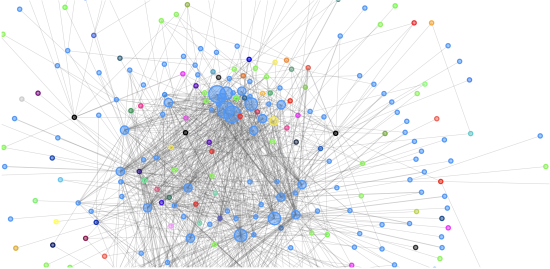Identifying Beneficial Connection Types in the Lightning Payment Network
The Lightning Network is a novel system that offers a public decentralized financial infrastructure that allows users to make instantaneous low-cost digital transactions. It works by allowing participants to create payment channels that can then be aggregated to form a network. This network enables any participant to send a payment to any other by routing it through mutual connections. The creation of channels and the routing procedure is defined by a protocol that uses cryptography to guarantee payment accuracy, security, and privacy. Nonetheless, for payments to be fast, it is desirable that channels are created in a way that reduces the average number of ‘hops’ between any two participants, and in doing so the network shouldn’t become too dependent on ‘hubs’ that centralize multiple connections. Given that the Network is open, the way individuals connect is determined by their incentives, the rules defined by the protocol, and the capabilities and information provided by the network's software. Protocol and software designers seek to adjust rules and features in the system to 'nudge' participants so that they form connections that not only benefit them but also benefit the network as a whole.
Our project aims to support protocol and software designers in achieving this goal by identifying the most salient connection types that are associated with beneficial outcomes both at the network and individual levels.










